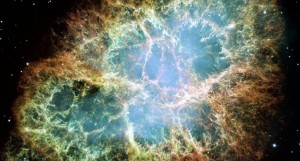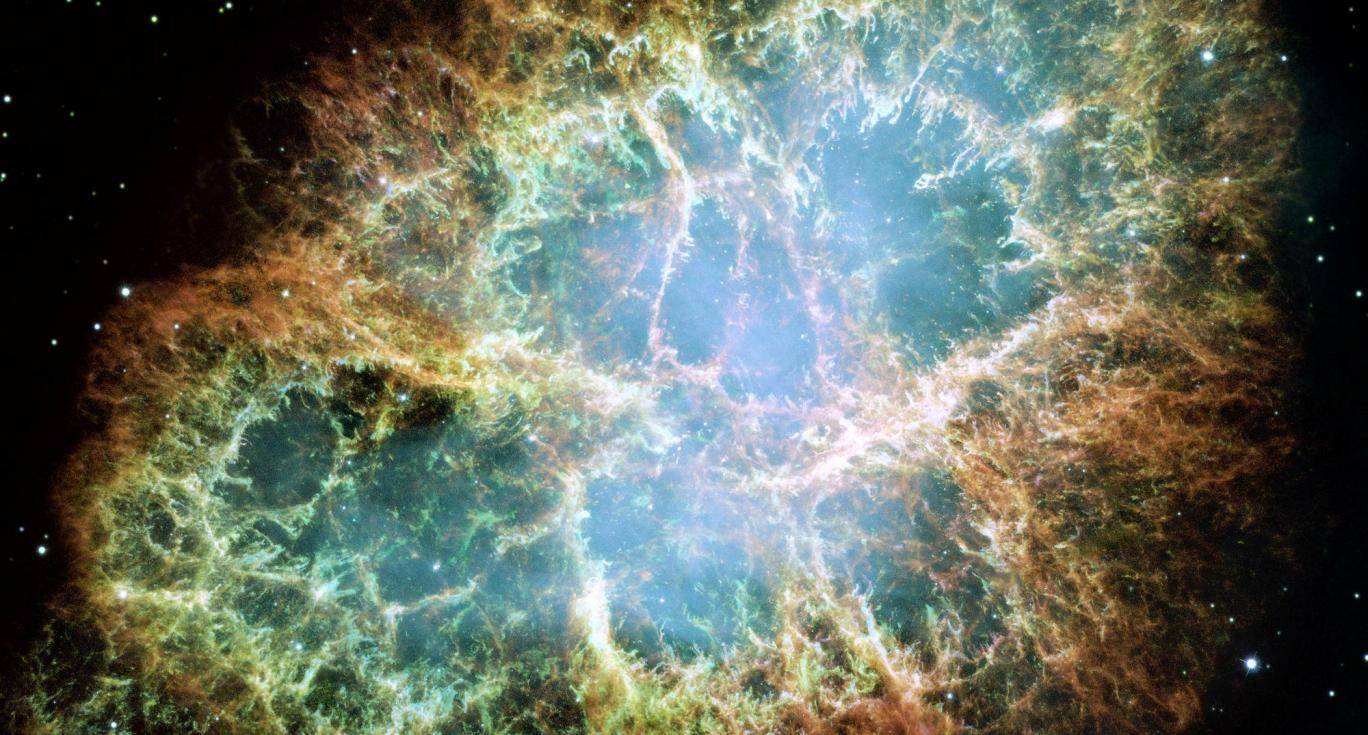Scientists have suggested that interstellar dust capable of transporting micro-organisms across the universe is the source of life on Earth.
A study led by the University of Edinburgh’s Professor Arjun Berera has posited that bacteria and micro-animals, capable of surviving hazardous journeys through space, could be the source of life on our little blue planet.
An example of this remarkable space travel can be seen in Saturn’s rings, where scientists at the European Space Agency say they have found evidence that of materials that originated on the neighbouring moon Enceladus.
According to Berera’s study, hypervelocity space dust, which can travel at up to 70km per hour, is ‘constantly bombarding the Earth’.
In the study Berera explained how the dust could be responsible for bringing life to Earth, and life on Earth to other planets.

The proposition that space dust collisions could propel organisms over enormous distances between planets raises some exciting prospects of how life and the atmospheres of planets originated.
The streaming of fast space dust is found throughout planetary systems and could be a common factor in proliferating life.
The possibility that life on Earth is technically alien life from outer space has been explored in the past by other scientists.
In 2013 biochemist Steven Benner presented a paper positing that Earth life originated on Mars, in the form of organic compounds.
Some have even suggested the first microorganisms could have come from an asteroid which impacted with Earth, or another planet such as Mars.
Analysis of a Martian meteorite recently showed that there was boron on Mars; we now believe that the oxidized form of molybdenum was there, too.
Boron and molybdenum are part of the building blocks of life, and according to Benner the Earth, whose surface may once have been 100 per cent water, would have struggled to produce boron by itself, suggesting therefore that it came from space.
Source: indy100.com
Ask me anything
Explore related questions





